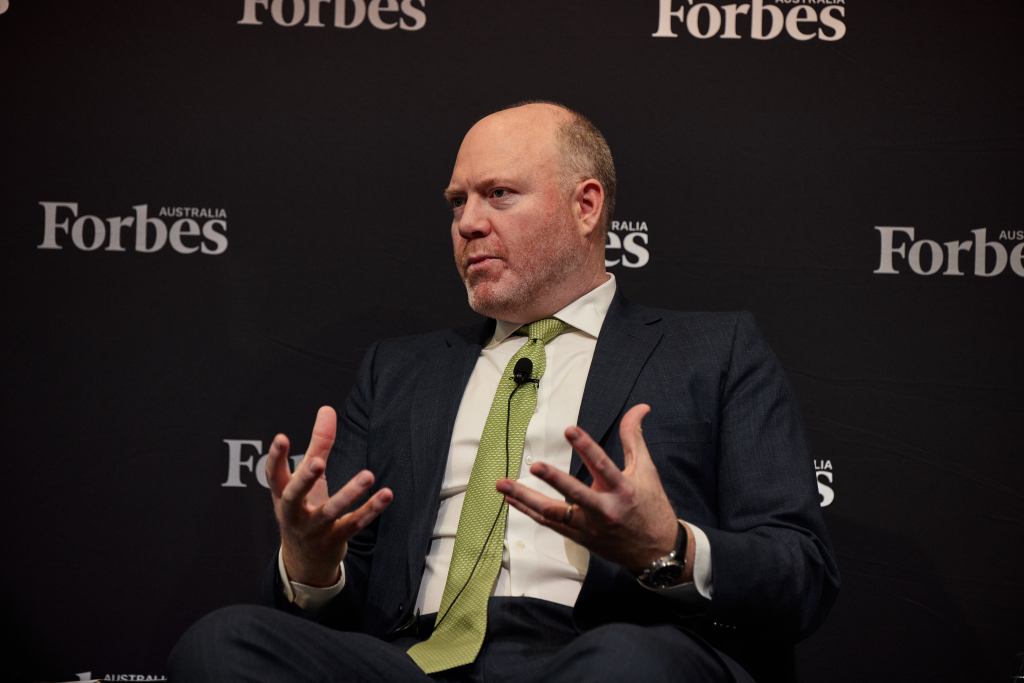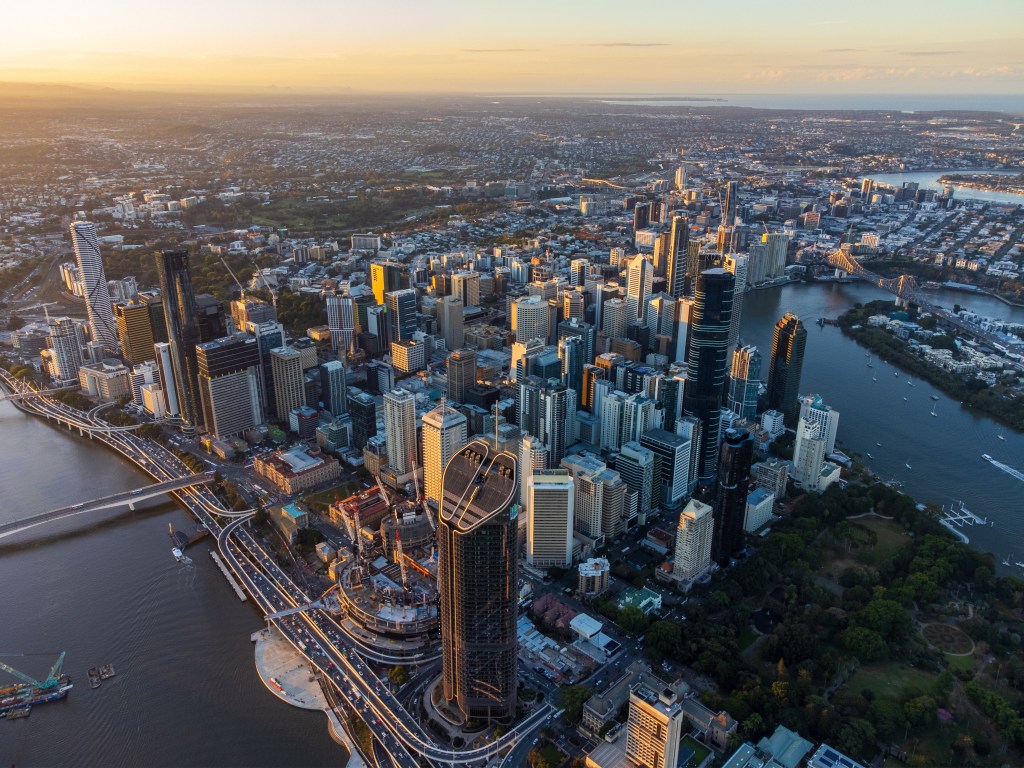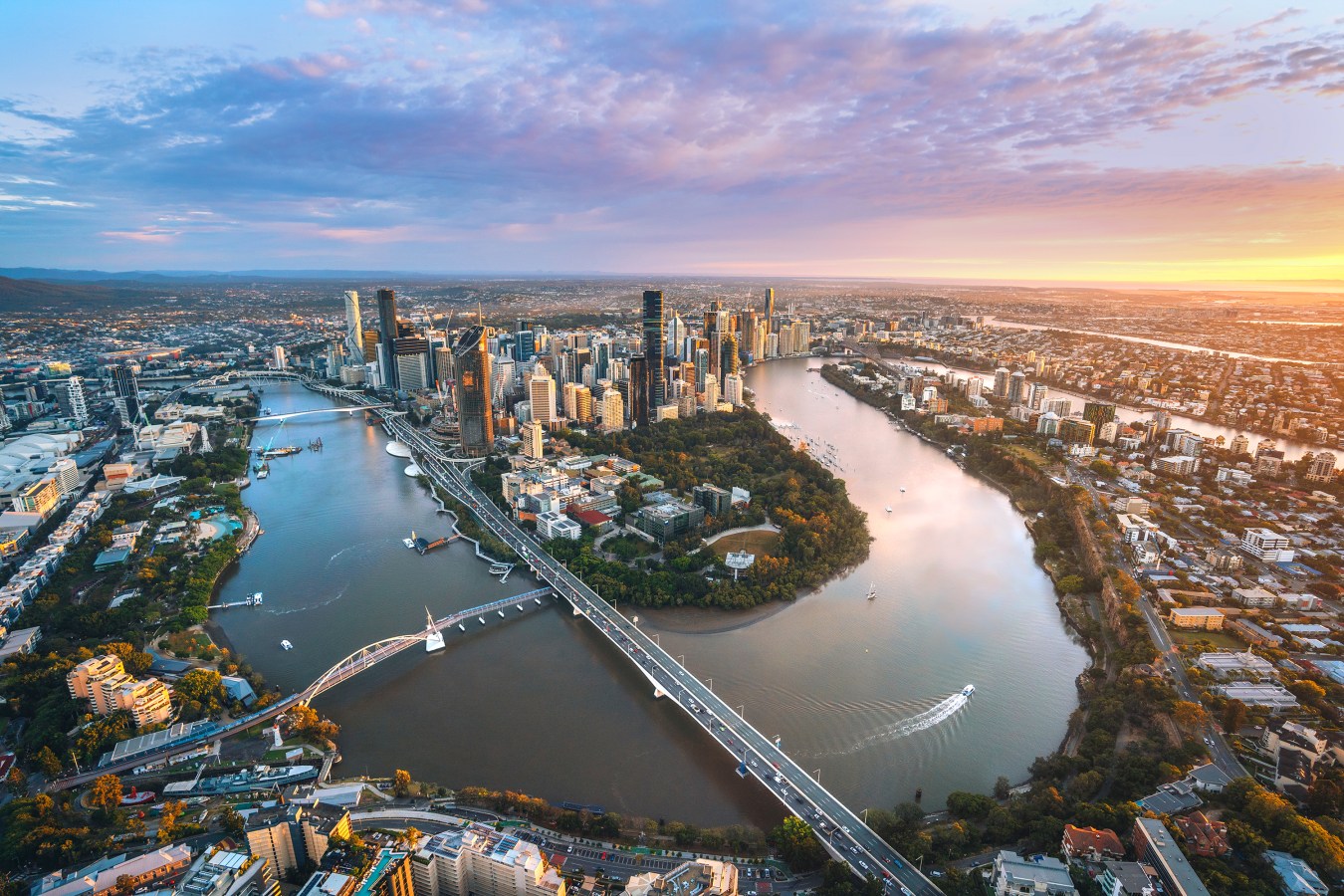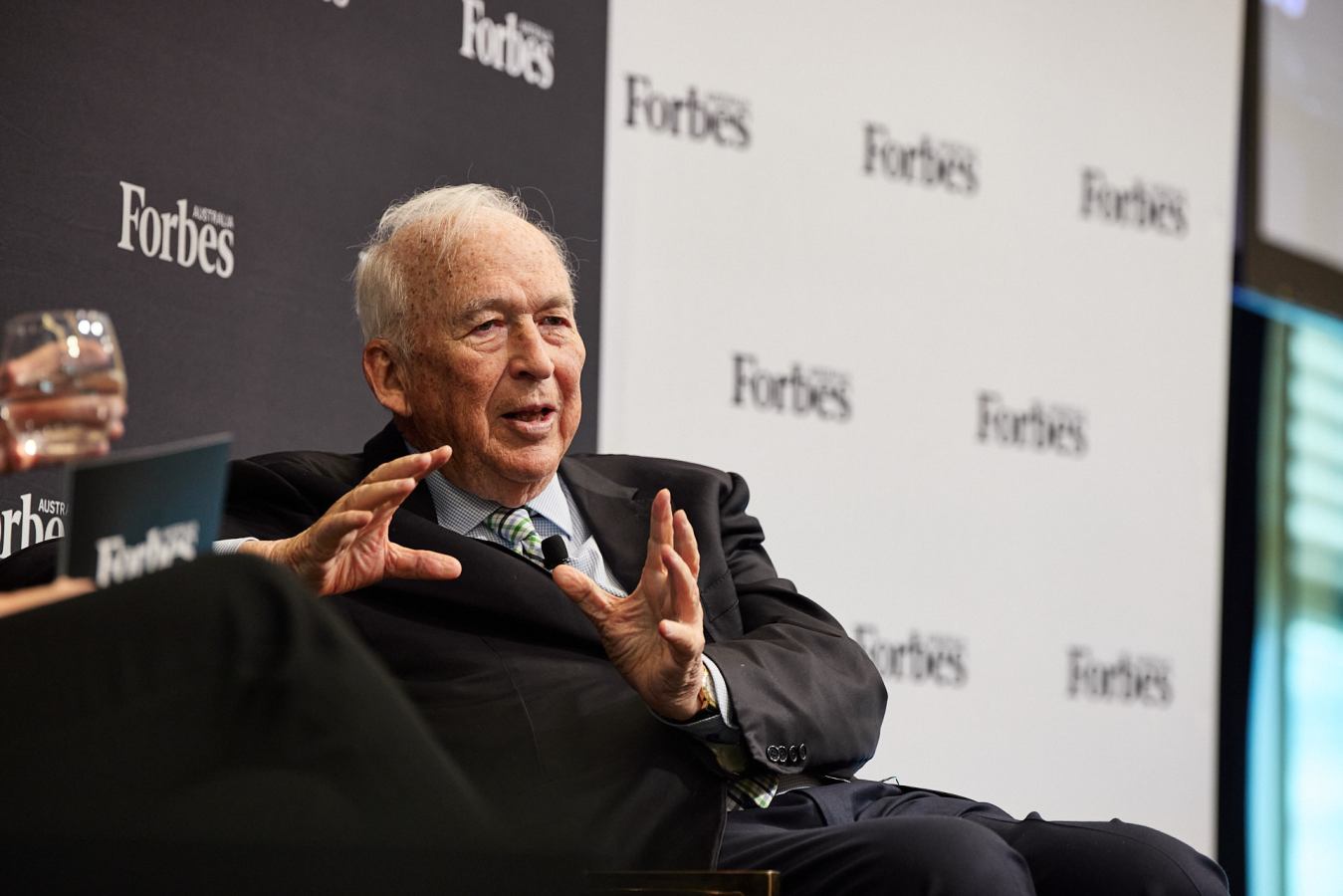In a market rocked by skyrocketing costs, there is opportunity for those who can ‘value engineer’ their way through construction constraints, according to Knight Frank’s chief economist, Ben Burston.

Burston joined industry leaders Sam McVay of McVay Real Estate, Tracey Atkins of Forbes Global Properties, and moderator Rob Langton of Ready Media in a candid discussion on the current state of real estate. A central focus was the sharp rise in construction costs, which Burston noted is stalling both commercial and residential developments.
“We’ve seen construction costs rise by 30 to 50%, depending on the location,” Burston explained at the Forbes Australia’s Icons & Investors Summit on Friday.
“New developments will be few and far between for the next few years. The challenge of delivering residential projects is significant — construction costs are a binding constraint that’s difficult to overcome.”
Within these constraints lies opportunity, Burston says. He highlighted potential growth areas like build-to-sell residential and build-to-rent models. “There’s a chance for those who can ‘value engineer’ their way through these challenges to unlock new supply and meet feasibility criteria,” he added.

His comments come on the back of new federal targets that kicked in July 1, which aim to build 1.2 million new homes over the next five years to help alleviate Australia’s housing crisis.
The Australian Bureau of Statistics released figures this month that show the number of new dwellings that received approvals jumped 10% in July. The value of residential building rose 9% to $8.5 billion, according to ABS data for July, and non-residential building increased 3% to $4.7 billion.
There is no guarantee that the 2029 target of 1.2 million new dwellings will be met, however. Burston previously described the return to high levels of construction as a ‘slow grind,’ a sentiment he echoed on Friday’s panel.
“I think it’s very evident we are very challenged around delivery of residential, and that’s there’s an opportunity in build-to-sell residential and build-to-rent,” Burston reiterated.
Retail benefiting from renegotiated leases during Covid
There is also opportunity in retail, according to the panellists. McVay, who has overseen $13 billion in real estate transactions over a period of 14 years, notes that while there is a surge in online shopping, immigration is fueling demand for in-person shopping experiences creating opportunities in commercial real estate.
“We’re working on a deal at the moment,” says McVay. “It’s the only subregional shopping centre in Queensland to be built in the last five years and will be the only one for the next decade. Half a million people arrived to Australia last year. So even if there is an online component [to retail], there’s still going to be demand there.”
McVay is bullish on retail real estate, not only because of the uptick in immigration but also because of its resilience during the pandemic.
“Covid should have wiped out every single retailer around and it’s actually made them stronger. Their rents got cut, the occupancy cost improved. So retail actually provides really good dividends,” says McVay.
He notes that Australia has not experienced the ‘ghost malls’ that appeared in the US and that in comparison, retail is much less saturated here than it is overseas.

“We’ve got a third of the amount of retail real estate per capita as America does. We’ve had very, very limited online penetration now sitting at 12.8%. We’re seeing things like online fashion going backwards, but in-store fashion continuing to grow,” says McVay.
Knight Frank’s Burston agrees that there is opportunity in retail.
“Sam alluded to the challenge of retail – which immediately in Covid was hit extremely hard. But I think many in the market have been surprised with how resilient it has been,” says Burston.
“We’re seeing positive leasing spreads. With the prospect that things from an economic perspective can get better, there’s more belief now in retail than there has been in the last decade.”
The new ballast: Industrial real estate
Burston says that while retail was once the strongest sector of commercial real estate, the baton was handed to office about a decade ago.
“Office took over as the asset class within portfolios regarded as the most secure, having the least risk, around which you want to build your portfolio,” says Burston.
There has now been another shift. With the challenges in the office environment over the last decade, it is now industrial real estate that is most coveted.
“Through Covid, it’s become clear that industrial is the new ballast, and there probably isn’t enough stock out there for everyone to sort of get the proportionate asset allocation that they’d like in that sector,” says Burston.

While the pandemic may be behind us, McVay is preparing for more significant change in the years ahead.
“It’s definitely going to be a year of change. Half the world is going to vote – there’ll be a leadership change in many countries around the world. Here in Australia, we’ve been very lucky to have the mining boom really driving growth. With the way that commodities are trading at the moment, we probably can’t rely on that moving forward,” says McVay.
City by city: Melbourne down, Brisbane up
He acknowledges that there are headwinds in some markets, and points to Melbourne as an example of a city that has struggled to rebound.
“As a result of increased lending costs, land taxes, interest rates, that’s a market that’s really, really, struggling at the moment. But there are some properties that are selling at numbers far less than they were acquired for a few years ago,” says McVay.
Burston agrees that the opportunities arising now are not contained to one sector, but are placed discretely across the board. It takes astute buyers able to find and recognise value.
“The traditional perception is that Sydney and Melbourne are alongside each other and priced similarly, with a similar growth dynamic. At the moment – to those points on land tax – I think Brisbane’s emerging as really attractive, and in the run-up to the Olympics, with the development there and the infrastructure development, the rail, the growth of the city, there’s substantial opportunity there from that dimension,” says Burston.
Look back on the week that was with hand-picked articles from Australia and around the world. Sign up to the Forbes Australia newsletter here or become a member here.


